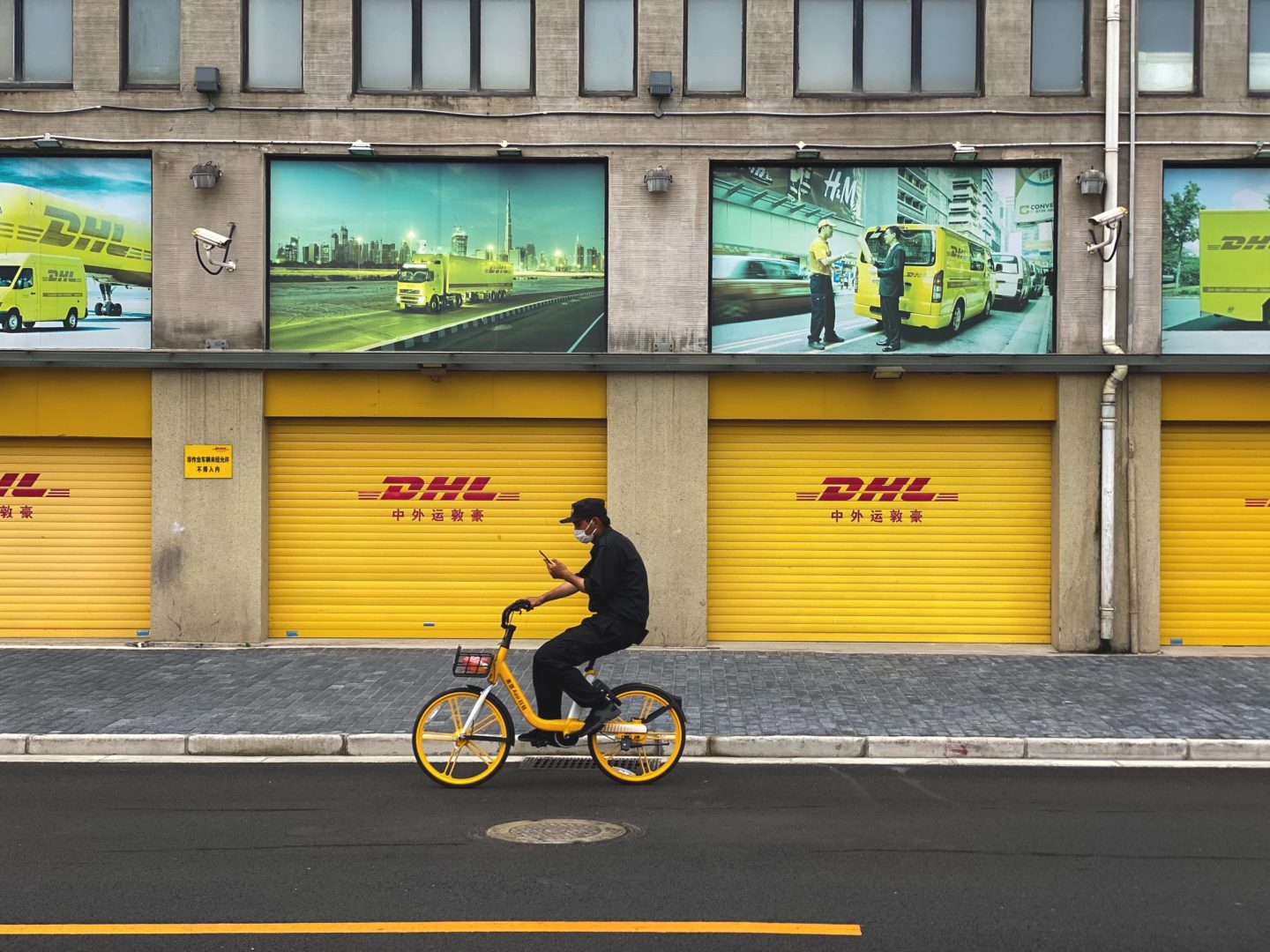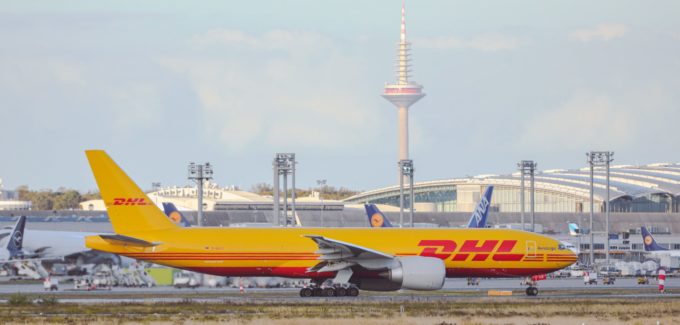
How to effectively grow and compete in Asia
Asia can be both an engine of growth as well as the source of numerous challenges – from unfamiliar customers and competitors to hard-to-navigate regulations. In this webinar, we’ll provide you with...

Published December 17, 2021 in Supply chain • 4 min read
The biggest changes are due to COVID and the US-China trade war.
The US-China trade war has led companies to move production to where it’s more advantageous from a tariff point of view. If you’re selling goods to the US, you’ve got a 20% tariff if they’re made in China, and a 0% tariff if they’re from Vietnam, so many companies now use two manufacturing locations – China for goods to sell in China and the rest of the world, Vietnam or somewhere else for goods sold to the US.
COVID similarly encouraged supplier base diversification, with more near-shoring and a greater regionalization of supply chains. Though moving from just-in-time supply chains to just-in-case ones may end up costing more, that’s necessary to build in the redundancy you need to avoid disruption.
E-commerce also will also continue to explode. Customer buying habits have permanently changed – mainly because of COVID, but also because some important problems have been solved. Returns are more or less no longer an issue. For shoes and clothes there are apps that can measure your foot and body size.
We’re also expecting a big take-up of multi-modal logistics solutions using different combinations of air, truck, sea and rail shipments in Asia. Better infrastructure is the reason for this. For example, the road infrastructure between China and South-east Asia is far better than it was 10 years ago.
The US-China trade war could also play a role. China is using its membership of RCEP (Regional Comprehensive Economic Partnership – a free-trade agreement between 15 Asia-Pacific nations established in 2020) to make a further pivot to Asia and develop the huge potential that exists in what is already the world’s biggest market.

COVID pushed the digitalization of processes for everyone. At DHL, when the pandemic hit, we had already basically automated all of our documents, acceptance procedures, warehouse processes and so on.
Now we also have a company called Everstream Analytics that uses big-data and AI techniques to analyze information about a company’s tier 2 and tier 3 suppliers – the ones responsible for the majority of supply chain disruptions. It makes scorecards for these businesses, helping you identify and analyze potential supply chain problems, and which we then use to adjust transit and fulfillment times.
Regulation is definitely going to play a major role in the future shape of supply chains, especially when it comes to sustainability.
Some companies are looking and saying ‘OK, let’s see what other businesses are doing first.’ But as we consider ourselves a market leader, we have to lead, so we’re investing €7 billion on ESG between now and 2030 through measures such as buying sustainable aviation fuels.
We’ve also committed to buying a dozen electric airplanes. Their cargo and range is limited – planes that can carry the same payloads as kerosene-fueled aircraft are at least a decade away. But we’re putting our money on the line because we believe that investors will see this as a competitive advantage over time.
To some extent we’re acting ahead of government regulation because you don’t want to be caught flat-footed or be running to catch up.

A very huge opportunity is Africa, and especially in half a dozen of its large economies – Nigeria, Ghana, Kenya, Ethiopia, Tanzania and South Africa.
Historically, a key problem across the continent was poor infrastructure between countries. But there’s increasingly better regional and subregional integration, and thanks to digital technologies you can solve some of those chronic infrastructure problems by just avoiding them altogether and going straight to mobile, digital and Internet systems.
Aside from South Asia, it’s the only place in the world that’s going to experience very dramatic population growth. That could work in its favor or it could work against it, but its labor arbitrage advantage is enormous.
For me, Africa now is where China was 30 years ago in terms of the size of the opportunity for growth.

Head of DHL’s Hong Kong freight-forwarding operations
Mark Slade is the Hong Kong-based Managing Director of DHL Global Forwarding – Hong Kong and Macau. A native of Canada, he has lived and worked in the Asia-Pacific region for more than 20 years.

13 hours ago • by Mark J. Greeven, Patrick Reinmoeller in Asian hub
Asia can be both an engine of growth as well as the source of numerous challenges – from unfamiliar customers and competitors to hard-to-navigate regulations. In this webinar, we’ll provide you with...

April 14, 2025 • by Mark J. Greeven, Sophie Liu in Asian hub
China’s pharmaceutical sector is undergoing a major transformation, driven by innovation, demographic shifts, and bold regulatory reforms. As urbanization and an aging population fuel demand, top companies are leveraging R&D strength and...

April 14, 2025 • by Mark J. Greeven, Sophie Liu in Asian hub
Explore how China’s apparel sector, especially sportswear, continues to thrive in 2025, driven by innovation, strong R&D efforts, and digital engagement. Learn about key players like ANTA, Bosideng, and Lululemon, as they...

April 14, 2025 • by Mark J. Greeven, Sophie Liu in Asian hub
China's technology industry is driving global innovation by integrating AI, expanding ecosystems, and developing semiconductors. Despite legislative changes and trade tensions, firms who engage in R&D and diversify their business models gain...